Riot-hit Baltimore, an American city divided by income and opportunity
Updated: 2015-04-29 11:25
(Agencies)
|
||||||||
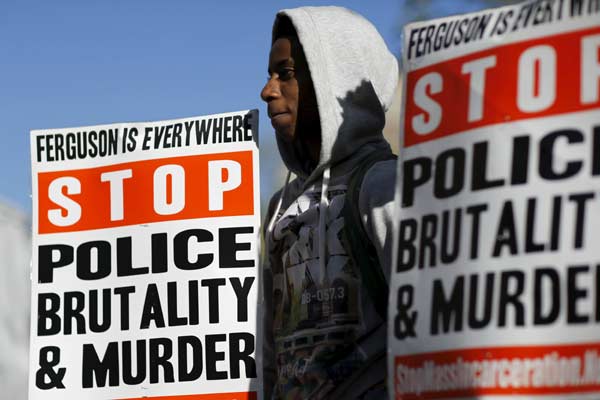 |
|
A man holds placards while protesters gather to support Baltimore's protests against police brutality following the April 19 death of Freddie Gray in police custody, during a rally in New York April 28, 2015. [Photo/Agencies] |
Baltimore's economy has ticked up - traffic is rising at its port, which handles a lot of trade in automobiles among other things - and the unemployment rate has fallen to 8.4 percent in February, down about four percentage points over the past five years.
The city's population has started to stabilize in the last few years, following decades of white flight into the suburbs and a declining industrial base.
But for those who live in one of the areas where people clashed with police on Monday - the Sandtown-Winchester area of Baltimore with the 21217 zipcode - about one third of the people live in poverty, according to census data.
Across the city as a whole, the poverty rate is 24 percent.
A married couple with two children is currently classified by the federal government as impoverished if they earn less than $24,000 a year.
In Baltimore, African Americans make up about two-thirds of the city, one of the largest black populations in absolute and relative terms in cities in the United States. Nearly 90 percent of people in Sandtown-Winchester are black.
Of the zip code's residents older than 24, about 57 percent have not advanced beyond a high school education, 15 percentage points above the national average, according to census data. A third of the homes there are vacant.
By contrast, in the Roland Park 21210 zipcode on the more affluent north side of the city, the poverty rate is 10.2 percent. That zipcode is 80 percent white and more than 90 percent of people older than 24 have attended at least some college.
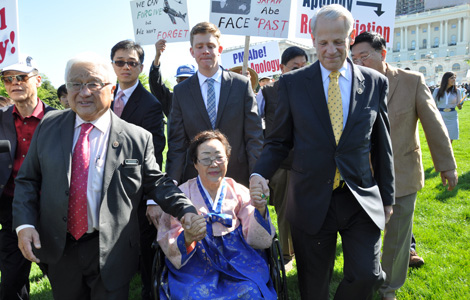
 'Comfort women' survivor attends protest of Jpapan PM
'Comfort women' survivor attends protest of Jpapan PM
 Ten photos you don't wanna miss – April 29
Ten photos you don't wanna miss – April 29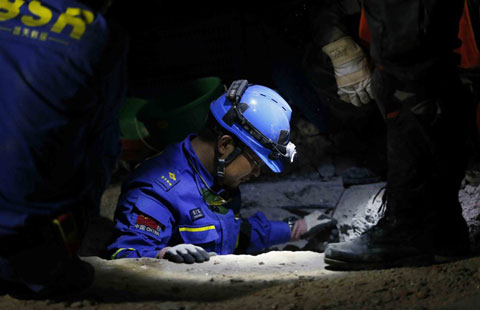
 China's rescue team searches for survivors in Nepal
China's rescue team searches for survivors in Nepal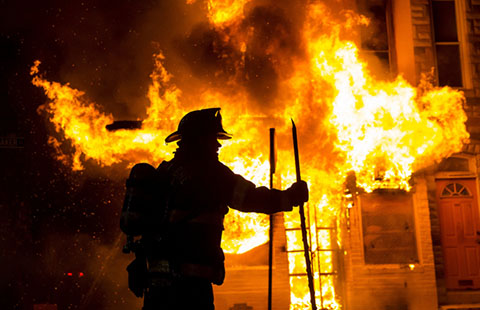
 Police descend on Baltimore to enforce curfew after riots
Police descend on Baltimore to enforce curfew after riots
 Top 10 Chinese cities with innovative flair
Top 10 Chinese cities with innovative flair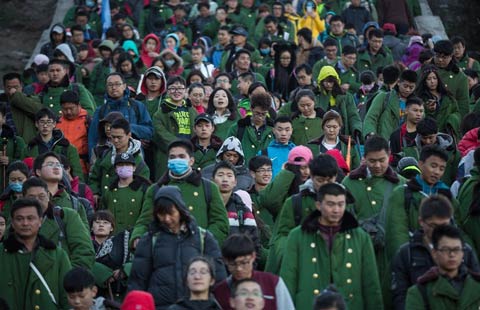
 Tourists swarm Mount Taishan even before holiday
Tourists swarm Mount Taishan even before holiday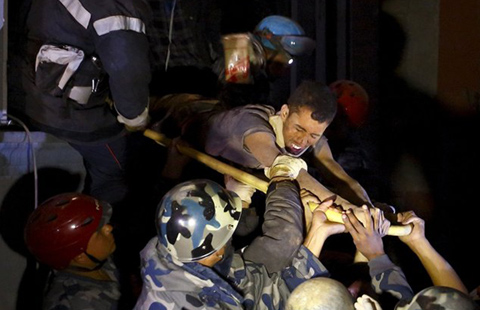
 Man pulled alive from rubble 82 hours after quake
Man pulled alive from rubble 82 hours after quake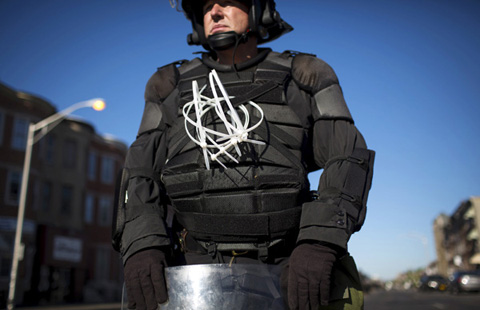
 Baltimore erupts in riots after funeral of man who died in police custody
Baltimore erupts in riots after funeral of man who died in police custody
Most Viewed
Editor's Picks

|

|

|

|

|

|
Today's Top News
US rapped for stance on Japan
Obama, Abe talk much about China
Japan PM protested at US Capitol, San Francisco
Chinese students caught in riot scene
China hits out as Abe visits the US
Riot-hit Baltimore, an American city divided by income and opportunity
Record shattered as Furious 7 sets hot pace
'Rent-a-Foreigner' business by China's real estate developers
US Weekly

|

|






